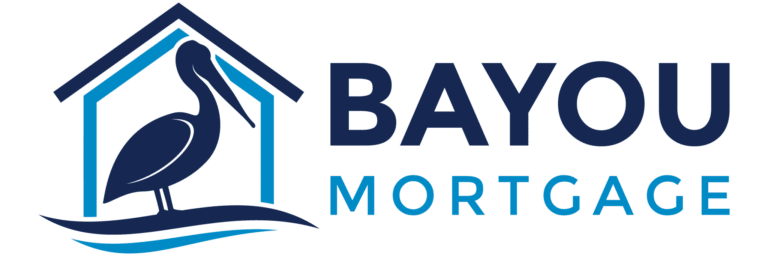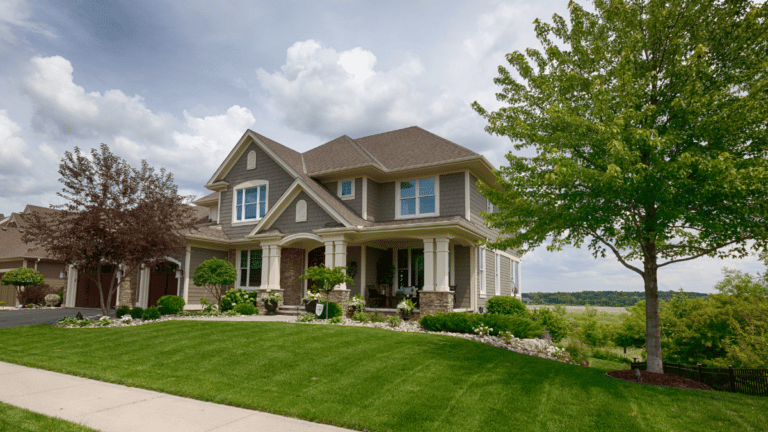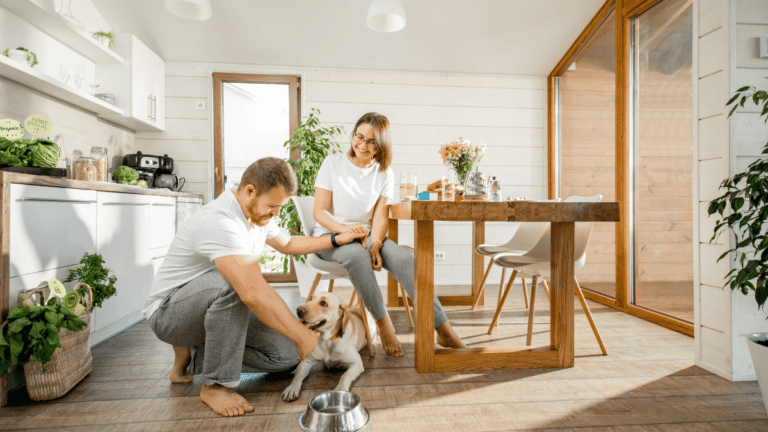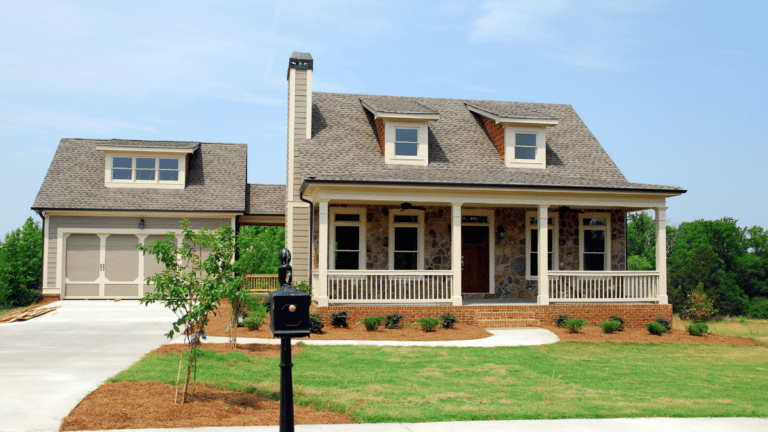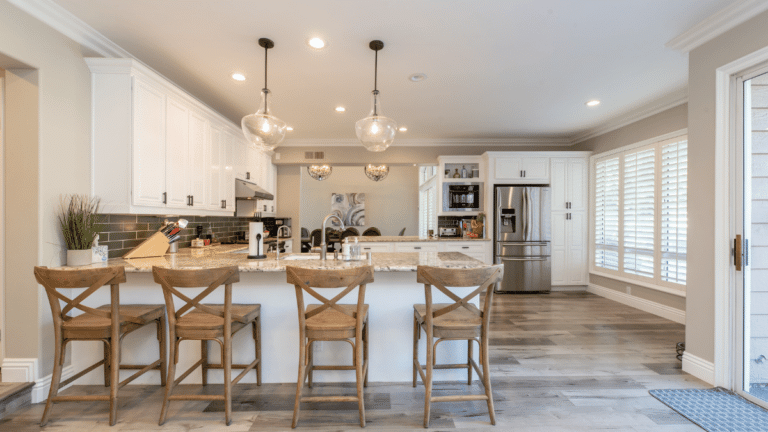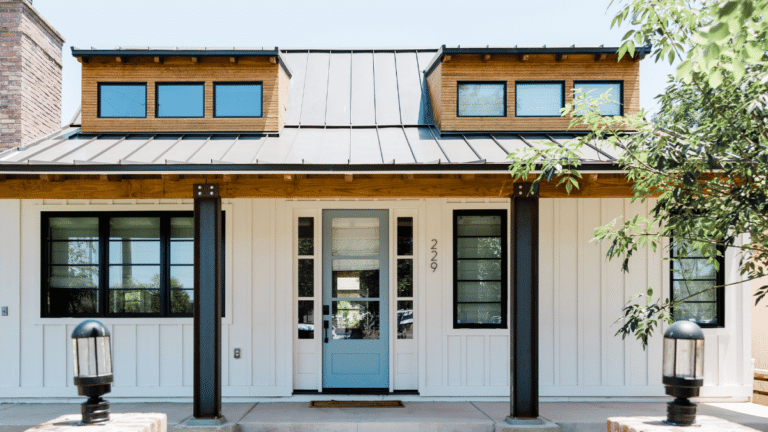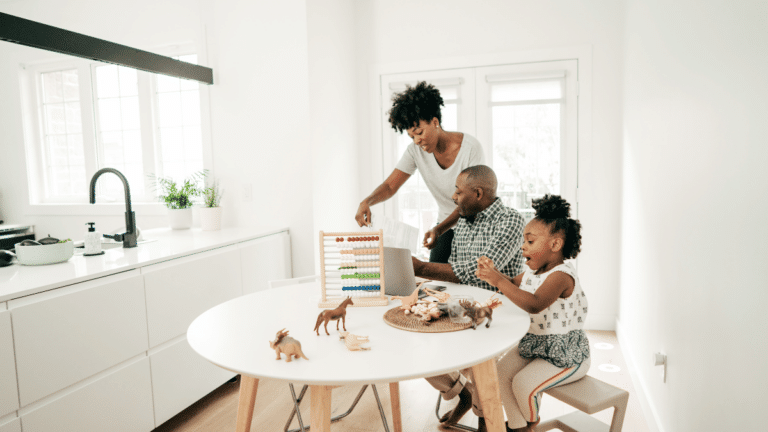What is a 2-1 Buydown?
A 2-1 buydown is a type of mortgage rate reduction plan that temporarily lowers the interest rate on your mortgage for the first two years, making your monthly payments more affordable in the short term. This setup usually follows a simple structure: in the first year, the interest rate is reduced by 2% lower than the loan’s original rate. In the second year, the rate goes up by 1%, still 1% lower than the original rate. By the third year, the interest rate returns to the original rate agreed upon when the mortgage was secured, and it stays constant for the remainder of the loan term. This strategy can be a fantastic way to ease into homeownership, especially for those who expect their income to increase over time.
What is a Mortgage Buydown?
A mortgage buydown is a strategy where a borrower pays an upfront fee to reduce their interest rate and, consequently, their monthly mortgage payments for a certain period. This upfront payment is made at closing and directly affects the loan’s interest rate according to the terms agreed upon by the borrower and the lender. The concept behind a mortgage buydown is to make the home more affordable in the short term, which can be particularly appealing for buyers who anticipate their income will increase in the future or who want to ease the financial burden in the early years of homeownership.
The buydown can either be temporary or permanent:
- Temporary Buydown: The interest rate is reduced for a specific number of years at the beginning of the loan term. After this period, the rate returns to the original amount agreed upon at the loan’s inception.
- Permanent Buydown: The interest rate is reduced for the entire life of the loan, offering long-term savings on interest payments.
Mortgage buydowns can be funded by the borrower, the home seller, or even a third party as an incentive or part of the negotiation process in a home purchase. They are a common tool in real estate transactions to make properties more attractive to buyers or to help buyers qualify for a mortgage by showing lower initial monthly payments.
What is an Example of a 2-1 Buydown?
To understand a 2-1 buydown, let’s consider an example. Imagine you’re taking out a mortgage of $300,000 with an original interest rate of 5%. Without a buydown, your interest rate stays the same throughout the term of your loan. With a 2-1 buydown, however, your interest rate and monthly payments are reduced for the first two years.
Here’s how it breaks down:
Year 1: Your interest rate is reduced by 2%, to 3%. This reduction lowers your monthly payments, making them more affordable as you adjust to the new financial responsibilities of homeownership.
Year 2: The interest rate increases to 4%, still 1% lower than your original rate. Your monthly payments go up slightly but remain lower than they would be without the buydown.
Year 3 and beyond: The interest rate returns to the original 5%, and your payments adjust to what you originally agreed to when you secured your mortgage.
This approach allows for a smoother financial transition into homeownership, offering significant savings in the initial years.
| Year | Interest Rate | Monthly Payment Example | Monthly Savings |
| 1 | 3% | $1264.81 | $345.65 |
| 2 | 4% | $1432.25 | $178.21 |
| 3 | 5% | $1610.46 | $0 |
In this example, during the first year, you would save $345.65 each month compared to what you would have paid without the buydown. In the second year, your savings would be $178.21 per month. By the third year, the interest rate returns to its original level, and there are no monthly savings.
How Does a 2-1 Buydown Work?
A 2-1 buydown is a financial strategy that helps homeowners reduce their mortgage payments in the first two years of their loan. This method involves an initial payment made at closing that effectively lowers the interest rate on the mortgage for the early part of the loan term. Here’s a step-by-step breakdown of how it works:
Initial Payment: To activate the 2-1 buydown, the borrower, seller, or a third party makes an upfront payment at the time of closing. This payment is used to “buy down” the interest rate for the first two years.
First Year Lower Rate: In the first year after the loan is taken out, the interest rate is reduced by 2% below the loan’s original rate. This significant reduction decreases the monthly mortgage payments, making them more affordable.
Second Year Adjustment: In the second year, the interest rate increases but remains 1% below the original rate. This slight increase means the monthly payments go up, but they are still lower than they would be at the loan’s original rate.
Return to Original Rate: After the first two years, the interest rate returns to its original level, and the monthly payments adjust accordingly. From this point on, the mortgage operates like a standard loan without any discounts on the interest rate.
Benefits: The primary benefit of a 2-1 buydown is the reduced financial burden during the first two years of homeownership. This can be especially helpful for buyers adjusting to the costs of a new home or anticipating an increase in income.
Considerations: While a 2-1 buydown can offer short-term savings, it’s important to consider the upfront cost and whether the financial benefits align with your long-term budgeting plans.
What Happens After the First 2 Years of My Buydown?
After enjoying a lower interest rate for the first two years of a 2-1 buydown, the rate will increase to the original level agreed upon at the start of the mortgage. This change happens at the beginning of the third year. As a result, monthly mortgage payments will go up to the amount that was initially planned.
It’s important for homeowners to prepare for this increase in payments. Adjusting your budget to accommodate the higher payments will be necessary. The buydown does not change the total amount of interest paid over the life of the loan. After the first two years, the mortgage will continue under the original terms and interest rate.
This adjustment is a key part of managing a mortgage with a buydown. It requires planning and budgeting to handle the increased payments after the initial discounted period.
What If Interest Rates Get Lower?
If interest rates decrease after you’ve secured a 2-1 buydown, you might wonder how this affects your mortgage. Here’s what you need to know:
Fixed Terms: The terms of your 2-1 buydown are fixed, meaning the initial agreement doesn’t automatically adjust if general market rates fall. Your reduced rates for the first two years and the subsequent return to the original rate remain as agreed upon.
Refinancing Option: If interest rates drop significantly, refinancing your mortgage could be a viable option. Refinancing means replacing your current mortgage with a new one at a lower interest rate. This can reduce your monthly payments and the total amount paid over the life of the loan. However, refinancing comes with costs, such as closing fees, and it requires approval based on your credit and financial situation at the time of refinancing.
Considerations: Before refinancing, consider the costs involved and how long you plan to stay in your home. Refinancing to a lower rate makes more sense if you intend to stay in your home long enough to recoup the costs of refinancing through your monthly savings.
In summary, if market interest rates fall after you’ve started a 2-1 buydown, your immediate terms don’t change, but refinancing could offer a way to take advantage of lower rates. It’s important to weigh the costs and benefits of refinancing based on your individual circumstances.
Pros and Cons of a 2-1 Buydown
A 2-1 buydown can be an attractive option for many homebuyers, but it’s important to weigh its advantages and disadvantages. Here’s a straightforward look at the pros and cons:
2-1 Buydown Pros
Lower Initial Payments: The most immediate benefit is the reduced monthly payments during the first two years. This can provide financial breathing room as you adjust to homeownership expenses.
Increased Affordability: By lowering initial payments, a 2-1 buydown can make qualifying for a mortgage easier and increase your buying power.
Flexibility: This arrangement can be particularly beneficial if you expect your income to increase in the future, allowing you to handle higher payments more comfortably after the first two years.
Cons of 2-1 Buydowns
Upfront Costs: The buydown requires an upfront payment at closing, which can be significant. This cost needs to be considered in your overall budget and the long-term benefits of lower initial payments.
Temporary Benefit: The reduced rates only last for two years, after which the interest rate and monthly payments increase to the original rate.
Market Risk: If interest rates decrease in the future, you may find yourself locked into a higher rate unless you refinance, which comes with its own costs and requirements.
Understanding these pros and cons is crucial for determining whether a 2-1 buydown aligns with your financial goals and circumstances. It’s a strategy that offers initial relief but requires careful consideration of the upfront costs and future implications.
Requirements for a 2-1 Buydown
To take advantage of a 2-1 buydown, there are specific requirements that borrowers need to meet. These can vary depending on the lender, but generally include the following:
1. Upfront Payment: The borrower must be able to provide the upfront payment required for the buydown. This payment is used to lower the interest rates for the first two years of the mortgage.
2. Qualifying Mortgage: Not all mortgage products offer the option for a 2-1 buydown. Borrowers need to choose a mortgage that is eligible for this kind of arrangement.
3. Credit and Income Verification: As with any mortgage, borrowers must meet the lender’s credit and income requirements. A 2-1 buydown requires approval based on your financial health, just like a standard mortgage.
4. Agreement on Terms: Both the borrower and the lender must agree on the terms of the buydown, including the interest rate adjustments and the upfront payment amount.
5. Appraisal and Underwriting: The property being purchased must appraise for the necessary value, and the loan must go through the lender’s underwriting process to ensure it meets all guidelines.
These requirements are designed to ensure that the borrower is financially capable of handling the mortgage, both during the discounted rate period and afterwards when the rate returns to its original level. It’s important for borrowers to understand these requirements and assess their ability to meet them before proceeding with a 2-1 buydown.
How to Apply for a 2-1 Buydown
1. Select a Lender: Choose a lender that offers the 2-1 buydown option.
2. Obtain Pre-Approval: Get pre-approved to determine your mortgage eligibility and borrowing limit.
3. Mention 2-1 Buydown Interest: During the application, specify that you’re interested in applying for a 2-1 buydown mortgage.
4. Submit Required Documents: Provide all necessary financial documents and information as requested by the lender.
5. Finalize the Application: Complete the mortgage application process with your lender, focusing on the 2-1 buydown agreement.
These steps will guide you through the application process for a 2-1 buydown, from lender selection to completing your mortgage application.
2-1 Buydown FAQS
Here are some frequently asked questions about 2-1 buydowns, providing quick and straightforward answers to common inquiries:
How Does a 2 to 1 Buydown Work?
A 2 to 1 buydown temporarily reduces your mortgage interest rates for the first two years. In the first year, the rate is reduced by 2% below the original rate. In the second year, it’s 1% lower. By the third year, the rate returns to the original figure.
How Much Does a 2-1 Buydown Typically Cost?
The cost varies based on the loan amount and the difference in interest rates. It’s calculated by determining the amount of interest saved over the first two years and paying that amount upfront at closing.
Does a 2-1 Buydown Require Extra Funds at Closing?
Yes, you will need to provide extra funds at closing to cover the cost of the buydown. This is an upfront fee that pays for the reduced interest rates in the first two years.
What is the Advantage of a 2-1 Buydown?
The main advantage is lower monthly payments during the first two years of your mortgage, making it easier to manage your budget as you adjust to homeownership.
What are the Risks of a 2-1 Buydown?
Risks include the upfront cost, which might not be recouped if you sell the home or refinance before benefiting from the reduced rates. Additionally, payments increase after the first two years, which could strain your budget if your financial situation doesn’t improve as expected.
How Does a Seller Pay for a 2-1 Buydown?
Sellers can offer to pay the buydown as an incentive to buyers. This is negotiated during the sale and involves the seller covering the upfront cost of the buydown at closing.
What Happens to Unused Buydown Funds?
Typically, there are no “unused” funds because the buydown cost is calculated based on the exact interest reduction. If you refinance or sell the home, you don’t get a refund for the buydown payment.
Why Would a Seller Pay for a Buydown?
Sellers might pay for a buydown to make the property more attractive to buyers, help close the sale faster, or sell the property at a higher price by offering financial incentives to the buyer.
